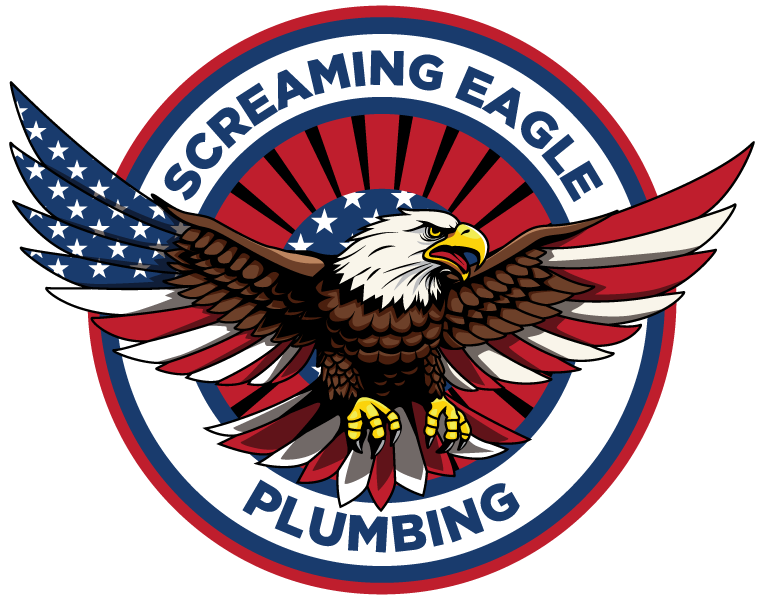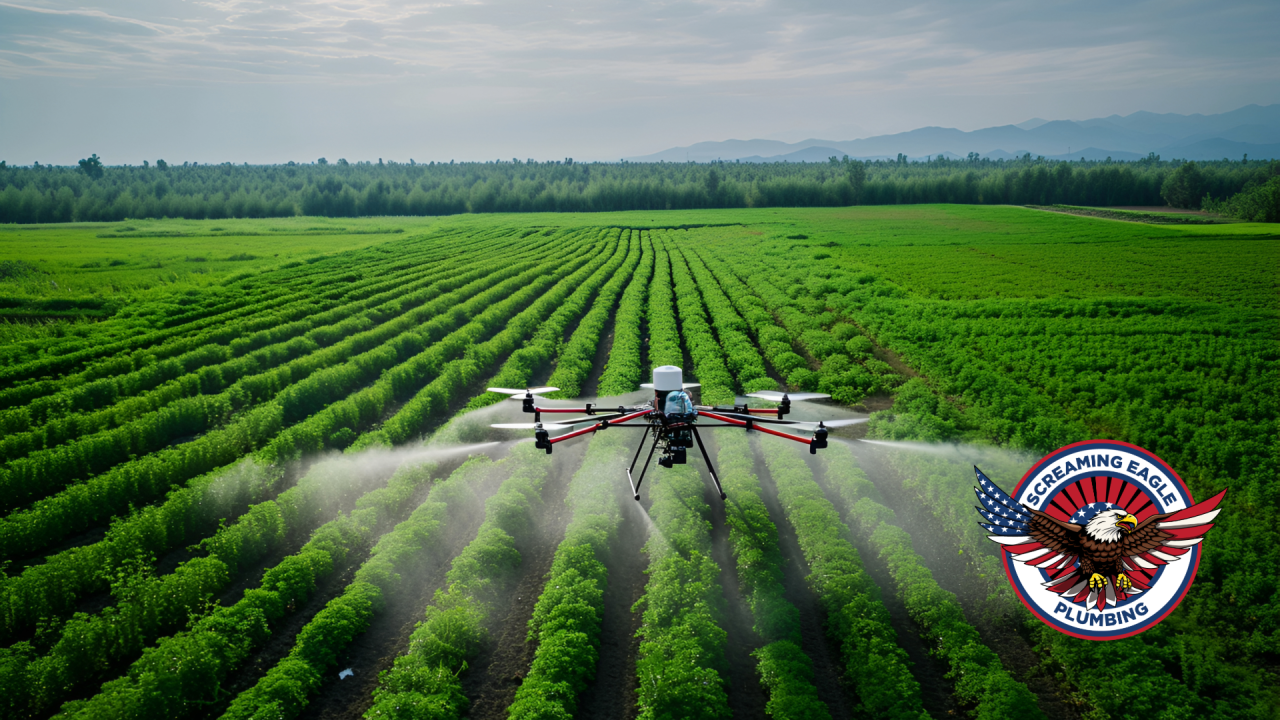Fauquier, Culpeper, and Stafford Counties are known for their beauty and the need to protect their natural resources.
Water is one of the most valuable resources in these areas, and it is being threatened by industrial chemicals that often go unnoticed. Identifying potential dangers these substances pose and understanding how they can seep into our water systems is vital to safeguarding public health within our communities.
What Are Industrial Chemicals?
Industrial chemicals refer to any type of substance used during different stages of production processes.
These include solvents, heavy metals like lead or mercury, which are poisonous even at low levels, and industrial byproducts, among many others. Although necessary for various sectors, these pollutants become hazardous when mixed with water supplies.
Examples of Popular Industrial Chemicals:
Lead: This toxic heavy metal can be found in old pipes, batteries, or certain factories, among other places. It may leach into drinking water, causing serious health problems such as brain damage, especially for children.
Mercury: Often used in thermometers and other industrial applications, mercury is a highly toxic neurotoxin that affects both humans and Wildlife when it gets into rivers, lakes, etc., through sewerage systems from industries that use it even in tiny amounts.
Polychlorinated Biphenyls (PCBs): They were widely employed in electrical equipment before being banned but persist in nature due to their resistance to degradation by sunlight or bacteria. Thus, they have become long-term hazards within aquatic ecosystems, including those serving humans directly through consuming fish/seafood, etc., contaminated with them.
How Do Industrial Chemicals Enter Water Systems?
The threat of water contamination from commercial chemicals is severe across Fauquier County, Culpeper County, and Stafford County, Virginia. There are several ways in which these may enter the water systems.
Pathways to Contamination:
Waste Discharge from Factories: Both small-scale and large enterprises discharge their waste directly into rivers, lakes or even underground through injection wells, which poses serious health risks if this effluent is not treated properly before release.
.
Improper Storage of Hazardous Materials: If hazardous materials are stored improperly, they can leak into soils and eventually find their way into ground waters that serve as drinking water sources for many residents in the three counties under consideration.
Accidental Spills: Industrial accidents such as those occurring during transportation processes involving chemicals or within manufacturing plants where spillages occur, leading to massive amounts being dumped into nearby surface waters, causing pollution.
The Impact of These Pathways:
Once introduced, industrialized chemicals tend to become persistent pollutants within aquatic environments, resisting natural breakdown processes and thus remaining there longer than expected. This makes it hard to remove contaminants, posing dangers to the sustainable availability of safe drinking water daily used by people living around Fauquier County, Culpeper County, and Stafford County, VA.
The Effects of Industrial Chemical Pollution on Water
When industrial chemicals are mixed with our water systems, they have catastrophic effects on public health and ecological balance.
Therefore, citizens in these regions need to be aware of what may happen if they do nothing to protect their drinking waters against such hazards.
Health Risks
Cancer: Prolonged exposure over time to carcinogenic compounds found among polluted waters significantly heightens cancer risk since some solvents heavy metals are known carcinogens
Neurological Disorders: Neurological damage can result from exposure to neurotoxins such as mercury and lead, particularly among young children and expectant mothers. These conditions have lifelong effects on growth and intellectual abilities.
Reproductive Problems: This is because toxic chemicals found in water systems may lead to reproductive problems like birth abnormalities besides making it difficult for couples living within those regions to conceive.
Environmental Impact:
Ecosystem Damage: Industrial pollution harms not only human beings but also local flora and fauna. When contaminants find their way into the food chain through polluted waters, there is disruption at every trophic level, leading to the depletion of different species within that area.
Bioaccumulation: Wildlife tissues, especially in fish, tend to accumulate higher levels of toxic substances than any other organisms because they are directly exposed to contaminated environments for long durations. However, these toxins eventually get into humans when consumed by them, thus increasing health hazards associated with this type of pollution as it moves up through various steps of the ecological pyramid.
Habitat Degradation: The prolonged release of certain pollutants into the environment degrades natural habitats, thereby reducing biodiversity and rendering them less suitable for habitation by wild animals.
Wrap-up
We need to recognize the urgency and gravity of industrial chemicals’ threat to the water quality of Fauquier, Culpeper, and Stafford Counties.
By comprehending hazards and preventing contaminations, we will protect our future generations’ most valuable resource: clean, fresh drinking water supply systems.
Whether through lobbying efforts, improved waste management practices, or public awareness campaigns, no endeavor shall go unnoticed when safeguarding community health vis-a-vis environmental conservation.
Have a professional water test done for the safety and quality of your home’s water supply. David, from Screaming Eagle Plumbing can conduct such tests.
Knowing whether or not you require a water treatment system is vital since the water you use could contain dangerous chemicals.
Proper inspection of pollution sources and necessary measures to safeguard against them will ensure that the best remedies are given for this kind of situation based on his skills in checking whether something is contaminated with anything harmful. Don’t procrastinate—contact us now if you want clean and safe drinking water!

